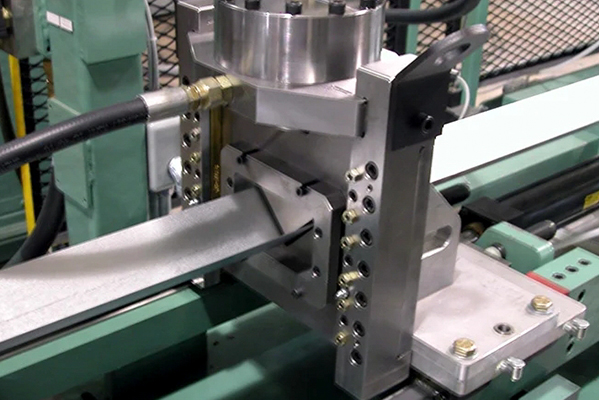Navigation Menu
Contact Us
- Email:
- info@wxavatar.com
- Address:
- Yurong Village, Yuqi Street, Huishan District, Wuxi, China.
Release Date:Apr 19, 2025 Visit:4 Source:Roll Forming Machine Factory
When selecting materials for truss construction, steel and wood are two common options, each with distinct structural characteristics. The relative strength of steel and wood trusses depends on multiple factors, including material properties, design efficiency, and application requirements.
Material Properties
Steel Trusses
Steel has a high strength-to-weight ratio, allowing for long spans with relatively lightweight structures.
It exhibits consistent performance under tension and compression, making it suitable for various load conditions.
Steel is resistant to warping, splitting, and insect damage, contributing to long-term stability.

Wood Trusses
Wood has natural flexibility, which can be advantageous in certain load-bearing scenarios.
Its strength varies depending on the species, grain orientation, and moisture content.
Engineered wood products (such as glued laminated timber) can enhance structural performance compared to traditional lumber.
Strength Comparison
Load-Bearing Capacity
Steel generally provides higher load capacity per unit weight, making it preferable for heavy-duty applications.
Wood trusses can be designed to support significant loads but may require larger cross-sections for equivalent strength.
Span Capabilities
Steel trusses often achieve longer spans without intermediate supports due to their superior stiffness.
Wood trusses are commonly used for shorter to medium spans but may need additional reinforcement for extended lengths.
Durability Under Stress
Steel maintains structural integrity under repeated loading, making it suitable for dynamic environments.
Wood can experience creep (gradual deformation) under sustained loads, though proper design mitigates this effect.
Practical Considerations
Construction Requirements: Steel trusses often involve welding or bolted connections, while wood trusses use nails or plates.
Environmental Factors: Steel is less affected by moisture-related expansion and contraction compared to wood.
Maintenance Needs: Both materials require protective measures—steel against corrosion and wood against decay or pests.

Conclusion
Steel trusses generally offer higher strength and longer spans than wood trusses, particularly in demanding structural applications. However, wood trusses remain a viable choice for certain projects due to their flexibility, availability, and ease of fabrication. The optimal selection depends on project specifications, budget constraints, and performance expectations. Proper engineering ensures that either material can meet structural requirements effectively.